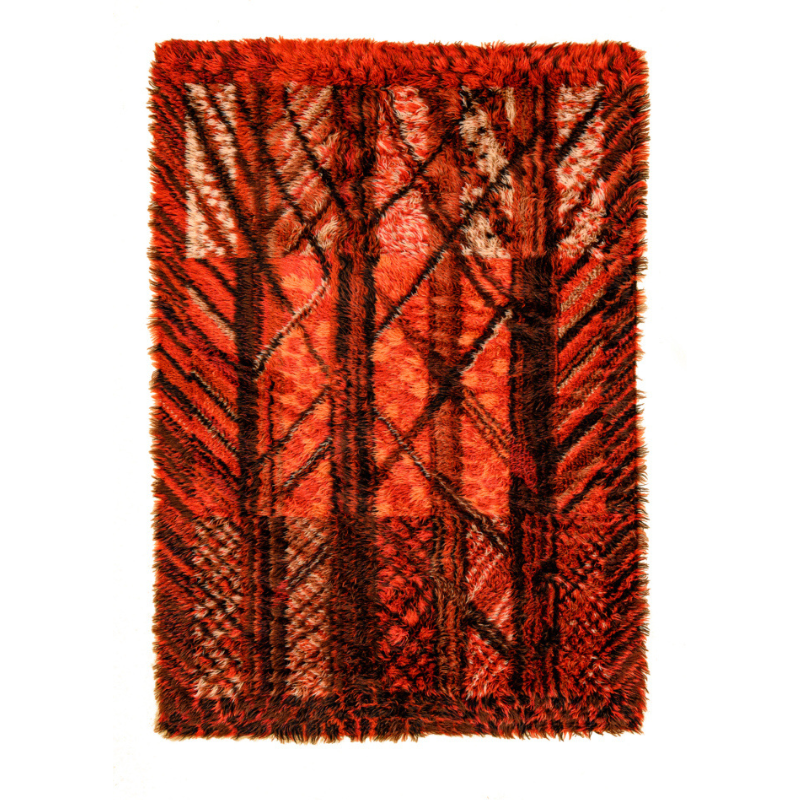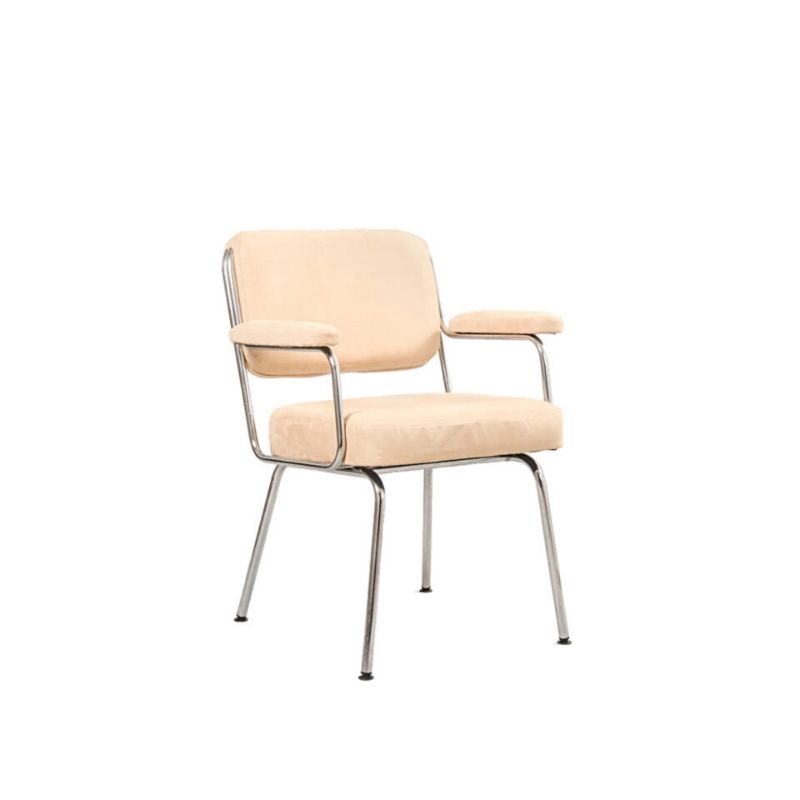This is wonderful stuff...
Does anyone know if these "American Kitchens" were in fact installed in America? I don't recall seeing any, but that doesn't mean much. Please let me know. I would love to see these things come back in the states. These are sooooooooo much better looking than the HEAVY MODERN that dominates contemporary American kitchen design like so much granite.
The Software and Hardware of Designs
Digups, thanks for the pics of the miscellaneous metal cabinets. These are uglier and more like what was in my aunts kitchen. 🙂
These Loewy cabinets, however, are extremely right. In fact, this rather idiosyncratic company called Ludysign just seems generally very cool to me. They seem to be packaging these cabinets and all manner of modern (knock offs?) with what I would call insincere irony--a step forward from the recent phase of sincere irony. Frankly, it seems yet another hybridizing of modern and post modern. I would call it INSINCERE MODERN, not as a criticism, but rather as a debunking of modernism's sometimes high seriousness about subordinating persons to rational materialism.
Let me try to clarify this.
Post Modernism addressed this issue of modernism's occasionally unfortunate subordination of the individual to rational materialism by taking modernist design form language and affixing to it historical revivalism and eclecticism via adoption of ornament and sincere irony. But, as a result, post modern designs mostly descended into an emphasis on surface that yielded heavyness, and an emphasis on empty ornamental allusions that produced a bastard trivialization of modernism.
What the Ludysign persons seem up to is to change the way modernist design is packaged rather than change modernist design itself. To whatever extent this may indicate a zeitgeist of the times, it indicates an emphasis on the software of design, rather than the hardware of design.
Think about this for a moment. All design has a software and a hardware aspect to it. By this I mean, one can change the physical design of a thing to attain a functional and aesthetic effect, but one can also change the way (i.e., standards of aesthetic perception) the thing is marketed and perceived by persons.
Ludysign seems takes the traditional modernist designs and repackages the software of the design; i.e., it says we do not have to change the design, rather we can change the sensibility through which we perceive the same design. Hence, Ludysign uses models that are edgy, slightly grotesque caricatures of the woman or man of the 50s and says, "See? This stuff is so good it is right even for our wacked out times." They are redesigning the software of modern design. There is no more zeal to its mission of change. There is no more sincerity that this is way persons should be made to subordinate to rational materialism. There is the winking awareness that this stuff is just the best there, not some thing that is going to change the world. And yes, you have to be a little bit freaky, idiosyncratic and insincere to get into 50 year old hardware, but, hey, in the face of the contemporary world, this is your best alternative. They imply, look, we can't improve on the hardware yet, but we can rationalize it for you through rewriting the software that surrounds the way you perceive it.
Pt. 2
Now, I'm not saying this is healthy, or the best thing for society. What I am saying is that if this is an indication of the zeitgeist of the times, well, it makes a kind of sense to me. Society, in the digital age, in all fields, is movin rapidly toward a new economic paradigm. It is for lack of a better word: its cheaper to change the software than the hard ware.
This paradigm shift can be noted in most fields if one thinks about it. Take for example the field of car engineering and design. Increasingly, not decreasingly as some early forecasters of digital effects on the auto inustry, the game in car design is to design mechanical infrastructures with longer and longer useful lives than need repair only in terms of plug and play component replacements and software rewrites. The idea of creating an engine now is to create a basic design that can be varied as much as possible through the alterations of software to achieve varied use among different types of cars and to achieve yearly incremental improvements in power and performance, rather than by slapping on new hardware. Software alteration is a much cheaper and faster means to achieve product variation than is hardware change.
On the more modest level of Ludysigns, we could express this in less sophisticated, more cynical ways. For instance we could call this good old fashioned substituting of marketing spin for actual product redesign and innovation. But I think that would be doing Ludysigns, and perhaps many others like it, a disservice.
The software aspect of design is just as legitimate a form of design as is hardware design, if it is done ethically and honestly and with the intent of making profit by improving the standard of goods and services available to persons.
The whole retro modern movement is underpinned IMHO by a judgement in the minds of many, many persons (designers, producers, consumers, collectors, etc.) that there just was something better about the modern designs, and the potential future of modern design, than about much of what preceded and followed modernist design.
Pt. 3
So: if one arrives at this judgement, it only makes sense that one not only embrace the modern designs, and contemporary attempts at further development within the modern tradition, as exemplary, but one must also come to grips with how to rationalize and justify philosophically and emotionally and socially the embrace of what is temporally speaking, the archaism of modernist design and modernism. Contemporary persons cannot go back to the 1930-50s, even if they decide to embrace the goods of the period. Designers and producers and marketers and consumers have to reconcile the temporal gap somehow. Not everyone is a collector. The rising popularity of modernist design begins to take modernism mainstream and into the everyday lives of persons using products. Our products indicate significantly who we are and what we believe and what we aspire life to be--one way or another. Ludysigns seems to be making an effort to design the software of modern design for this process. I am not saying whether it works for me, or for you. But I am saying it is a serious attempt, despite its obvious, edgy playfulness.
Compare a Herman Miller web page to this Ludysigns web page. Herman Miller leaves the product front and center and says, "here, take an exact reproduction of the original that we own the rights to. It is great design and you will love it even though it is 50 years old and from another time and place and sensibility." In short, Herman Miller does very little software design development, rather it relies on contemporary market analysis that says there is a cohort of persons out there who will buy it if you tell them its great, timeless stuff.
Ludysigns, on the other hand, puts the slightly freakish person front and center. It says, "This is REALLY weird gang, but the old stuff really was better, even the though philosophy and ideology and elitist consciousness of it was soooooooo 20th Century. Here's how it feels NOW!!!!! They are redesigning the way we perceive it in relation to ourselves, not just the way we see the good itself. Advertising has always done this to one extent or another and often for morally bankrupt reasons. I'm not suggesting the Ludysigns persons are angels, or altruists. I'm saying they have, in a way quite of the time, decided to redesign the software of modern design, while they wait for contemporary designers to catch up and redesign the hardware similarly.
One can never tell in advance if such things are brief phenomena leading to cul de sacs, or if they are the beginning of a far reaching paradigm shift. I can only say that adopting longer lived hardware cycles that can be differentiated and sequentially improved upon by software alteration is a phenomenon that is broadly observeable throughout many contemporary fields, and now we are starting to see it in furnishing design.
If you need any help, please contact us at – info@designaddict.com









